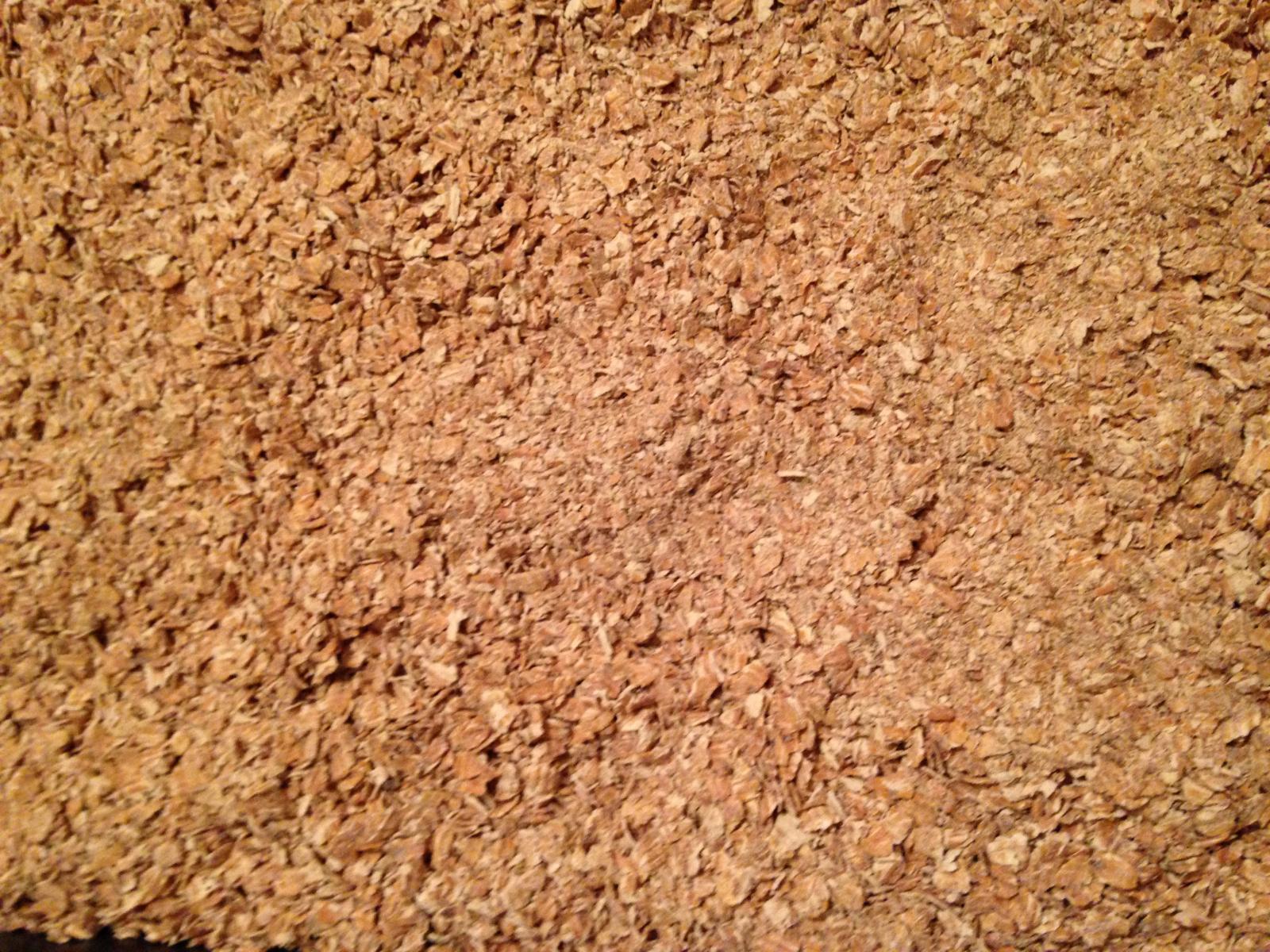Mouse, yes I did rack from the primary to secondary after a week; then I added .5 gallons of water to bring it up to the 5 gallon mark. I can't see how this would stop the fermentation process though. It should have continued on in the secondary, should it not, if there were any yeast still alive. I'm quite surprised it didn't, especially as there seemed to be a certain amount of off-gassing happening through the airlock (not bubbles, just the inner cap forced up to the top).
I did shake it up well the other night and will wait 5 or 6 days before testing again. If the reading doesn't budge, I think I'll just bottle 'er up and call it "sweet oatmeal stout." Will use a starter yeast next time.




























































